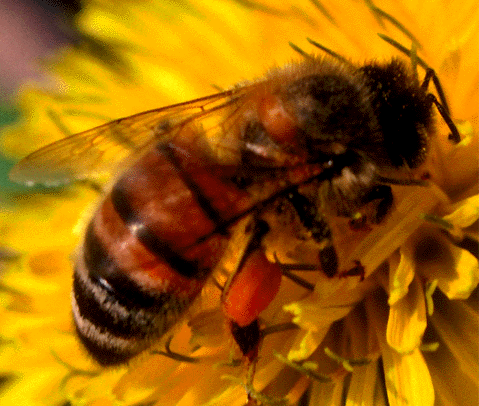Such a Sweet Deal
How Honey Heals Wounds
The Egyptians used honey for healing thousands of years ago, as many have since. Now, honey’s healing powers are being recognized by the medical community. As I mentioned last week, one of the antibacterial qualities of honey is the hydrogen peroxide that is produced when honey is in contact with a wound. Another is that bacteria cannot live in it, and yet another is that it draws moisture from around it, moisture that would otherwise encourage the growth of bacteria. In some cases it has healed burns and wounds better than drugs, and has succeeded in curing terrible staph infections that were resistant to other antibiotics. There are now bandages being manufactured with honey in them, ready to use, much easier to imagine than the doc opening up a jar of honey and slathering it on your wound before your eyes. The bandages are made with a particular New Zealand honey called Manuka, whose curative qualities seem better than the average. But regular old honey can work magic too.

Unfortunately, we need another cure for the ones who make the honey. Bees are dying by the millions from a mysterious affliction called Colony Collapse Disorder (for lack of a better name, or a reason.) Human practices such as pesticide use are assumed to be contributing to this grave problem. We rely heavily on these little creatures to pollinate our fruits and vegetables, besides making such wonderful stuff. It’s another wakeup call.
Please note: Honey is not recommended for infants, either as a food or as an ointment.

Mother Earth News, “Healing With Honey”
BBC News, “Harnessing honey’s healing power”
United States Department of Agriculture, “Questions and Answers: Colony Collapse Disorder”



